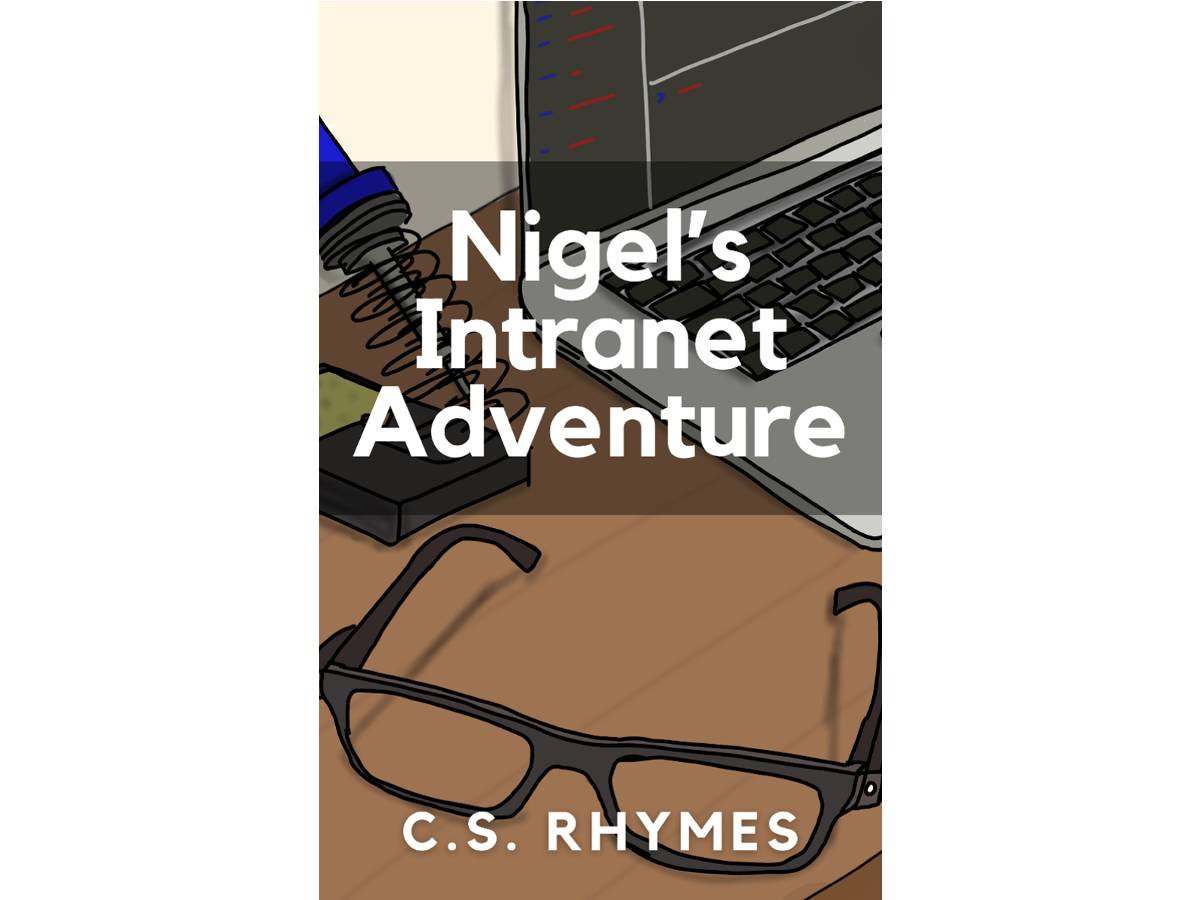We use cookies on this site to enhance your user experience
By clicking the Accept button, you agree to us doing so. More info on our cookie policy
We use cookies on this site to enhance your user experience
By clicking the Accept button, you agree to us doing so. More info on our cookie policy
Published: Jun 28, 2020 by C.S. Rhymes
Recently I have been working on a project retrieving some data from an API in a Laravel project. I was using Laravel to retrieve and display data from a Moodle installation and started using the HTTP Client in Laravel 7 and wondered if I could convert the retrieved data from an array into a more predictable object. I asked my colleagues and one of them recommended I take a look at the Spatie package called data transfer object.
To help explain the benefits of the data transfer object package I’m going to use a simpler explanation than delving into the Moodle web service. After a quick Google search I found the JSONPlaceholder api that we can use.
Laravel 7 comes with the Http Client which allows you to easily request data. We can send a get request using the Http facade like this, using the ->json() method on the end to return the json.
use Illuminate\Support\Facades\Http;
$users = Http::get('https://jsonplaceholder.typicode.com/users')
->json();
dd($users);
If you want to use the same base uri for all our requests then we can make use of the withOptions and set it once in a constructor and then only have to set the path after the base uri. This helps clean our code up a little bit and make it more obvious what the request is doing.
<?php
namespace App\Http\Controllers;
use Illuminate\Support\Facades\Http;
class ExampleController extends Controller
{
private $http;
public function __construct()
{
$this->http = Http::withOptions([
'base_uri' => 'https://jsonplaceholder.typicode.com/'
]);
}
public function index()
{
$users = $this->http->get('users')
->json();
dd($users);
}
}
This is also really useful if you need to send an authorization bearer token with each request in your class.
public function __construct()
{
$this->http = Http::withOptions([
'base_uri' => 'https://jsonplaceholder.typicode.com/'
])->withToken('my-token');
}
Now we have an array of users, we can look at how we can add some types to it. Lets install the Data Transfer Object package.
composer require spatie/data-transfer-object
Here is an extract of a user returned from the /users endpoint for reference.
{
"id": 1,
"name": "Leanne Graham",
"username": "Bret",
"email": "Sincere@april.biz",
"address": {
"street": "Kulas Light",
"suite": "Apt. 556",
"city": "Gwenborough",
"zipcode": "92998-3874",
"geo": {
"lat": "-37.3159",
"lng": "81.1496"
}
},
"phone": "1-770-736-8031 x56442",
"website": "hildegard.org",
"company": {
"name": "Romaguera-Crona",
"catchPhrase": "Multi-layered client-server neural-net",
"bs": "harness real-time e-markets"
}
}
We can create a class to map this data into. You can store them wherever you want but in this example I’m going to create a class called User in the app/Objects directory. The class needs to extend Spatie\DataTransferObject\DataTransferObject. We need to look at each property and then define what type of data it is.
<?php
namespace App\Objects;
use Spatie\DataTransferObject\DataTransferObject;
class User extends DataTransferObject
{
/** @var integer */
public $id;
/** @var string */
public $name;
/** @var string */
public $username;
/** @var string */
public $email;
/** @var array **/
public $address;
/** @var string */
public $phone;
/** @var string */
public $website;
/** @var array **/
public $company;
}
We can now map a user into this object.
$users = $this->http->get('users')
->json();
$user = new \App\Objects\User($users[0]);
This package does a few really helpful things for us.
This helps you ensure the data you expect is being returned. It’s probably best having an exception thrown at this point as its before you try and use the data in your application. Unpredictable data can cause all kinds of issues in an application, from not being displayed in a view, to causing serious application errors.
We could leave the User object as it is, but we can make it even more specific by creating an Object class for Address and Company instead of leaving them as an array.
Here is the Address object class. The address also has another object of Geo.
<?php
namespace App\Objects;
use Spatie\DataTransferObject\DataTransferObject;
class Address extends DataTransferObject
{
/** @var string */
public $street;
/** @var string */
public $suite;
/** @var string */
public $city;
/** @var string */
public $zipcode;
/** @var \App\Objects\Geo */
public $geo;
}
Now we can update the User object class with the address class we just created.
// app/Objects/User.php
/** @var \App\Objects\Address */
public $address;
This will now ensure the address follows the definition we created in the Address object class.
If a user had multiple addresses instead of just one address then we could update the User object class to say it should expect an array of Addresses.
// app/Objects/User.php
/** @var \App\Objects\Address[] */
public $address;
Notice that I am using the full namespace. This is required for the automatic nested type casting to work.
Now we have defined our objects and ensured the type casting is correct we can easily use the data in a nice object syntax and know what type the data will be in.
$users = $this->http->get('users')
->json();
$user = new \App\Objects\User($users[0]);
var_dump($user->id); // int(1)
var_dump($user->name); // string(13) "Leanne Graham"
var_dump($user->address->street); // string(11) "Kulas Light"
Hopefully you can see the benefits Laravel Http Client and Spatie Data Transfer Object can bring to your application.
Image from StockSnap.io
Share
Latest Posts

I’ve seen a few posts recently asking what other authors use for their website. There are many options available, but sometimes you just want a single page with links to your social media profiles and links to your books. This is where Bulma Clean Theme and GitHub pages can come to the rescue.

Building a modern website can sometimes lead you to be so far separated from the end result that is sent to the user. Developers can end up focusing on building sites with component based frontend frameworks, fetching data from APIs and installing hundreds of npm dependencies. We can become more interested in writing great code in their chosen programming language than what we serve to the website visitors. How did we get so far away from writing HTML?

When I launched my cozy mystery series, The Little-Astwick Mysteries, I decided to create a new website to promote it. But I made a few mistakes with SEO that have led to a few issues with Search Engine Optimisation (SEO). Here is how I fixed them.

Unlooked for Tales - a collection of short stories
By C.S. Rhymes
Free on Apple Books and Google Play Books

Nigel's Intranet Adventure
By C.S. Rhymes
From £0.99 or read for free on Kindle Unlimited!